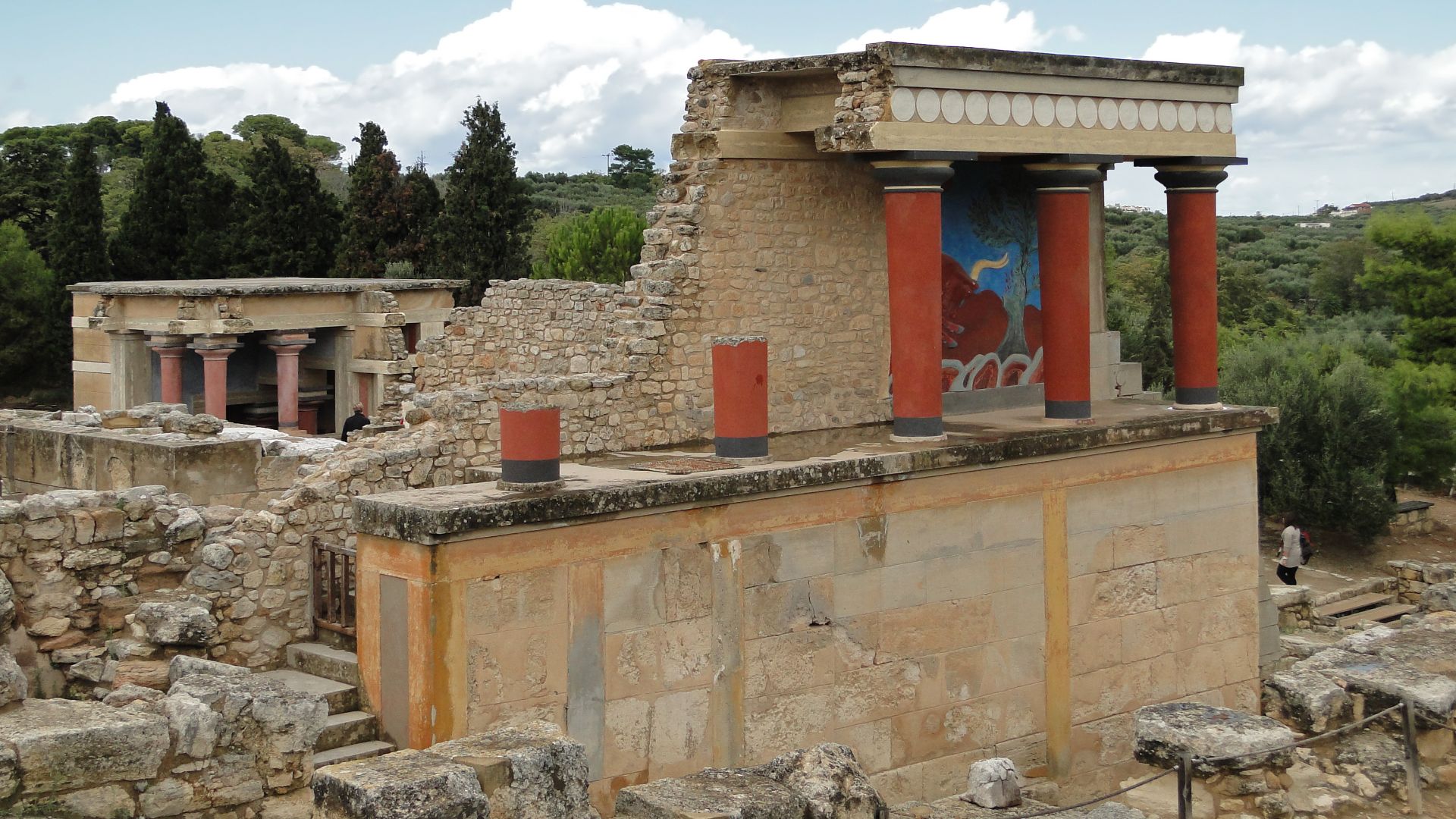Keeping Heritage Safe
The UNESCO World Heritage Convention inscribed 26 new sites back in July 2025, and continues to add sites every single year. This agency continuously dedicates itself to maintaining architectural, cultural, and historical properties, many of which you can visit. To learn about some of the recently inscribed properties, read on.
1. Cambodian Memorial Sites
This 3.9-hectare property reflects the abuses Cambodians suffered during the Khmer Rouge regime during the 1970s. UNESCO recognizes the former M-13 prison, the Tuol Sleng Genocide Museum, and the Choeung Ek Genocide Centre as important preservations of this time in Cambodia’s history.
 McKay Savage from London, UK on Wikimedia
McKay Savage from London, UK on Wikimedia
2. Murujuga
This landscape, situated on 99,881 hectares of Australia’s Burrup Peninsula and the Dampier Archipelago’s 42 islands, is a well-kept cultural site. For over 50,000 years, Murujuga has been protected by the Ngarda-Ngarli, a term that includes 5 Indigenous groups that are considered the Traditional Owners of the site.
3. Ancient Khuttal
Located in Tajikistan, this 152-hectare property contains the remains of a medieval kingdom dating back from the 7th to the 16th centuries. Khuttal is said to have been a valuable part of the Silk Road trade, and the area still has remains of temples, palaces, settlements, and other structures.
4. Petroglyphs Along The Bangucheon Stream
Located on the southeastern coast of the Republic of Korea, this 43-hectare property contains two rock art sites. These sites, known as the Daegok-ri and the Cheonjeon-ri, are panels dating back to 5,000 BCE to the 9th century CE.
 Korea Heritage Service on Wikimedia
Korea Heritage Service on Wikimedia
5. Diy-Gid-Biy Landscape
Located in Cameroon’s Mandara Mountains, this property contains 16 archaeological sites across 2,500 hectares. The name Diy-Gid-Biy comes from the Mafa language and means “Ruin of the Chief's Residence.” The structures contained therein were likely built between the 12th and 17th centuries.
 vavaulegrandbleu@gma… on Wikimedia
vavaulegrandbleu@gma… on Wikimedia
6. The Khorramabad Valley
Over 390 hectares of this Iranian settlement contain prehistoric dwellings dating back 63,000 years. Containing five caves and one rock shelter, these sites can provide further insight into early human evolution and migration from Africa to Eurasia.
7. Faya Palaeolandscape
This whopping 29,085-hectare area is located between the Persian Gulf and the Arabian Sea. It contains evidence of human life during the Middle Paleolithic and Neolithic periods, showing how our ancient ancestors dealt with extreme climate changes.
8. Rock Paintings Of Shulgan-Tash Cave
Located in the Southern Ural Mountains of Bashkortostan in the Russian Federation, this large cave contains extensive drawings of late Palaeolithic rock art. It contains photos of mammoths, woolly rhinoceroses, bison, horses, a camel, anthropomorphic figures, signs, and geometric motifs.
9. Malaysia Forest Research Institute
This 589-hectare property is a human-made tropical forest that is a part of a long-standing restoration effort and practice for sustainable land rehabilitation. Alongside the forest, the property contains scientific, residential, and service buildings, as well as trails and several bodies of water.
10. Sardis
Located in Turkey, this 9,244-hectare property contains the remains of the capital of the Lydians. This Iron Age civilization, which existed between the 8th and 6th centuries BCE, was said to be quite wealthy, and the city of Sardis contains some of the largest tumulus tombs in the world.
 Carole Raddato from FRANKFURT, Germany on Wikimedia
Carole Raddato from FRANKFURT, Germany on Wikimedia
11. The Domus De Janas
Located in Sardinia, this property contains 5th-3rd millennium funerary rites from prehistoric Sardinian communities. The “domus de janas” translates to “fairy houses,” and relates to the rock-cut tombs that are featured across the island.
12. 17th-Century Port Royal Archeological Site
This 27-hectare area is located in a southeastern harbor of Kingston, Jamaica. The site, an old port city, fell victim to an earthquake in 1692, but still maintains copious amounts of archaeological evidence of the transatlantic slave trade, as well as British colonial presence in the Caribbean.
13. Maratha Military Landscapes
Located in India’s Maharashtra and Tamil Nadu states, this 1,577-hectare property contains 12 forts that were occupied by the Marathas between the 17th and 19th centuries. The forts are said to have a complex defence system that played a vital role in the Maratha’s rise as a political force.
14. The Colonial Trans Isthmian Route Of Panama
This 689-hectare property contains several settlements, towns, and archeological sites from the historic transportation of goods crossing the Atlantic.
15. Megaliths of Carnac
This property is located in Brittany, France, and spans almost 20,000 hectares. The property contains rock structures that were built and placed during the Neolithic period. These structures are said to reflect a sophisticated understanding of the environment, and could give us more insight into the prehistoric communities of the European Atlantic coast.
16. The Palaces Of King Ludwig II
This 75-hectare property is located in Germany and contains four grand palaces in Bavaria’s alpine region. These palaces were built between 1864 and 1886 for King Ludwig II, and remain open as museums and cultural landmarks today.
 Cezary Piwowarski on Wikimedia
Cezary Piwowarski on Wikimedia
17. Minoan Palatial Centres
This property is made up of 6 archaeological sites on Greece’s island of Crete, and covers almost 30 hectares of land. These sites are a part of the Minoan civilization, a Mediterranean culture that existed in Greece from 1900 to 1100 BCE.
18. Wixarika Route
Located across 135,420 hectares of north-central Mexico, this property contains 20 sacred sites that belong to the Wixárika Indigenous Peoples. The route, called the “braid of trails,” supports rituals tied to deities, agriculture, and community.
19. Mount Mulanje
Encompassing 89,549 hectares of Malawi’s Mulanje Massif. The mountain is said to be a sacred place of cultural and spiritual significance for the Yao, Mang’anja, and Lhomwe peoples.
20. Xixia Imperial Tombs
These tombs are located in almost 4,000 hectares of China’s southern Helan Mountains. This cemetery is a part of the Xixia Dynasty, and includes 271 tombs, an architectural complex, and flood control structures.























